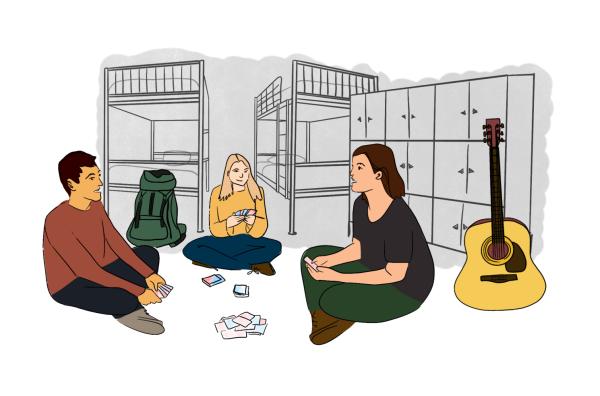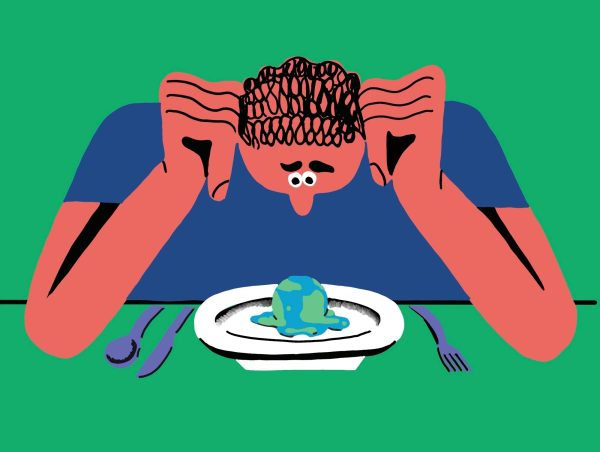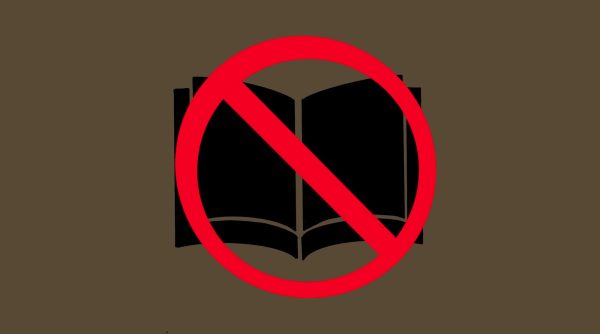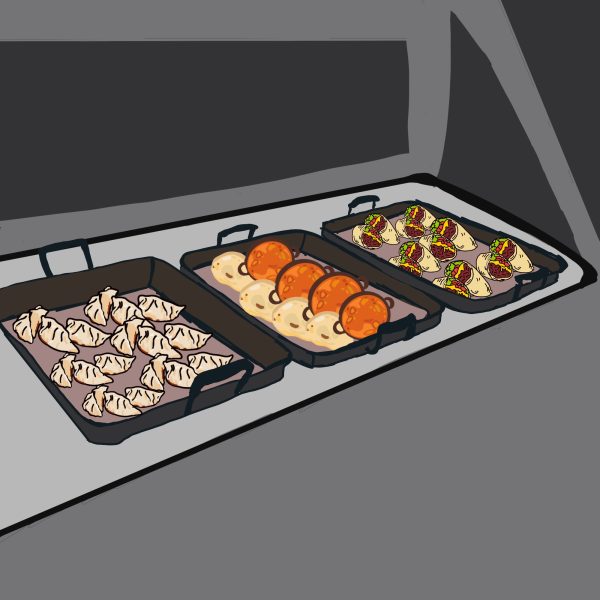What’s Left: Shifting Priorities
Populism is not often a driving force in American politics. Historically, populist movements have been derided, often considered a negative force. This should come as no surprise, as there has always been an elitist nature to our polity. 2015, then, is outside the norm; it features something highly unexpected: the rise of populism across both parties.
In the Democratic party, populism has manifested itself in the self-proclaimed socialist senator from Vermont, Bernie Sanders. In the Republican party, populism has manifested itself in many forms, from businessman Donald Trump to neurosurgeon Ben Carson. All across the board, “establishment” candidates find themselves doing far worse in their respective nominations than they expected.
For liberals, 2015 has perhaps not been the best year–or at least it did not start off so well. Republicans controlled both houses of Congress, and President Obama has essentially been a lame duck. Yet with one year until the 2016 Election, things are looking up for liberals. The bad news is that this upswing cannot be attributed to any grand policy or political victories, but rather to the continuing self-immolation of the Republican Party.
This is not to deny the liberal victories this year; 2015 will be remembered for resounding Supreme Court decisions involving Obamacare and same-sex marriage. Demographic trends still show a growing liberal coalition. The long-term signs are good for liberals. The seriousness of Democrats in the 2016 race is certainly something to be accounted for. The Democrats are far more likely to discuss substantive issues and avoid personal attacks. Through executive action, President Obama is pushing forward his agenda.
The Republican self-immolation is a national phenomenon. Between Donald Trump, Ben Carson and the House Freedom Caucus, conservatives seem to have lost party unity; they seem to eschew compromise and impose ideological rigidity. But all is not as it seems. Anyone who watches a Republican presidential debate can see the differences in policy ideas that conservatives hold. The intra-party debate over issues that range from the economy to foreign policy is a sign of significant health. While it is true that the front-runners have rather off-putting personalities, they have the backing and the ideas of a strong conservative base. It is unlikely that there will ever be a President Trump or a President Carson, yet there is significant down-ballot depth to the Republican Party across many statewide elections.
Compare that to the Democrats and you can see the problem. There are no rising stars like Obama in 2008. Running in statewide races are older candidates, or candidates who lost in previous elections (see Ted Strickland in Ohio and Russ Feingold in Wisconsin). The ideological debate is stale; Hillary Clinton and Bernie Sanders are very similar in economic policies. While they have substantial differences in foreign policy, it does not compare in tone or vigor to the Republican debate.
That is the greatest strength for Democrats coming into 2016. The liberal populist has not dragged the establishment candidate into deeply unpopular opinions. Populism has led to realignment on the left, where income inequality and race are new priorities. On the right, populism only drags candidates down the culture war and immigration rabbit holes, from which there is little victory. The Democrats are by no means in a solid place; the ascendant coalition that Obama imagined and saw between 2008 and 2010 will not produce congressional majorities anytime soon. The American people have used 2015 to show their opinions through populists. It is unlikely these populists will ever sit in the oval office; however, it is clear to see that the establishment candidates who might become the next President have listened to the will of the American people. It is no doubt that the future of the United States will be significantly impacted by the events of 2015–the year of the populist.














